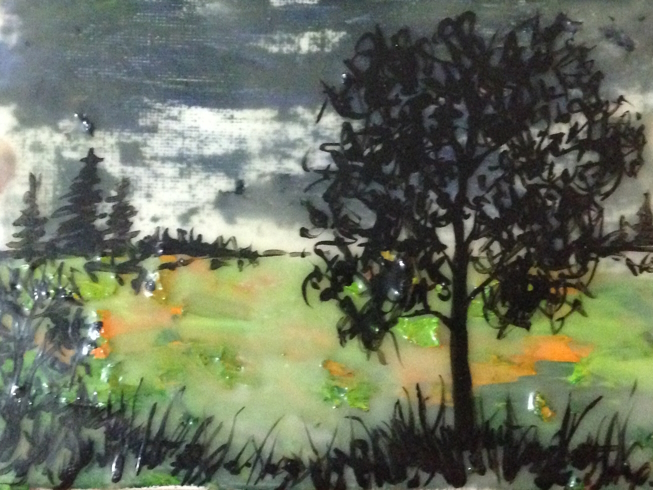ARASHI (Japanese for “storm”) shibori a pole-wrapping technique. The cloth is wrapped on a diagonal around a pole or cylindrical object (we used old PVC and copper piping) and then tightly bound by wrapping thread or wire up and down the pole. Next, the cloth is scrunched down on the pole. The patterns are on a diagonal in arashi shibori which suggests the rain from a heavy storm.
KUMO Is a twist and bind resist technique. This technique involves wrapping sections of the cloth over a found object, usually small stones or pebbles. Then the cloth is bound in very close sections with rubber bands. The result is a very specific circular spider-like design.
ITAJIME Is a shape-resist technique. The cloth is folded like an accordion and sandwiched between two pieces of wood or any flat shaped object, which are held in place with string or rubber bands. The shapes prevent the dye from penetrating the fabric they cover and give an endless variety of patterns depending on the fold, binding object and placement of rubber bands.





